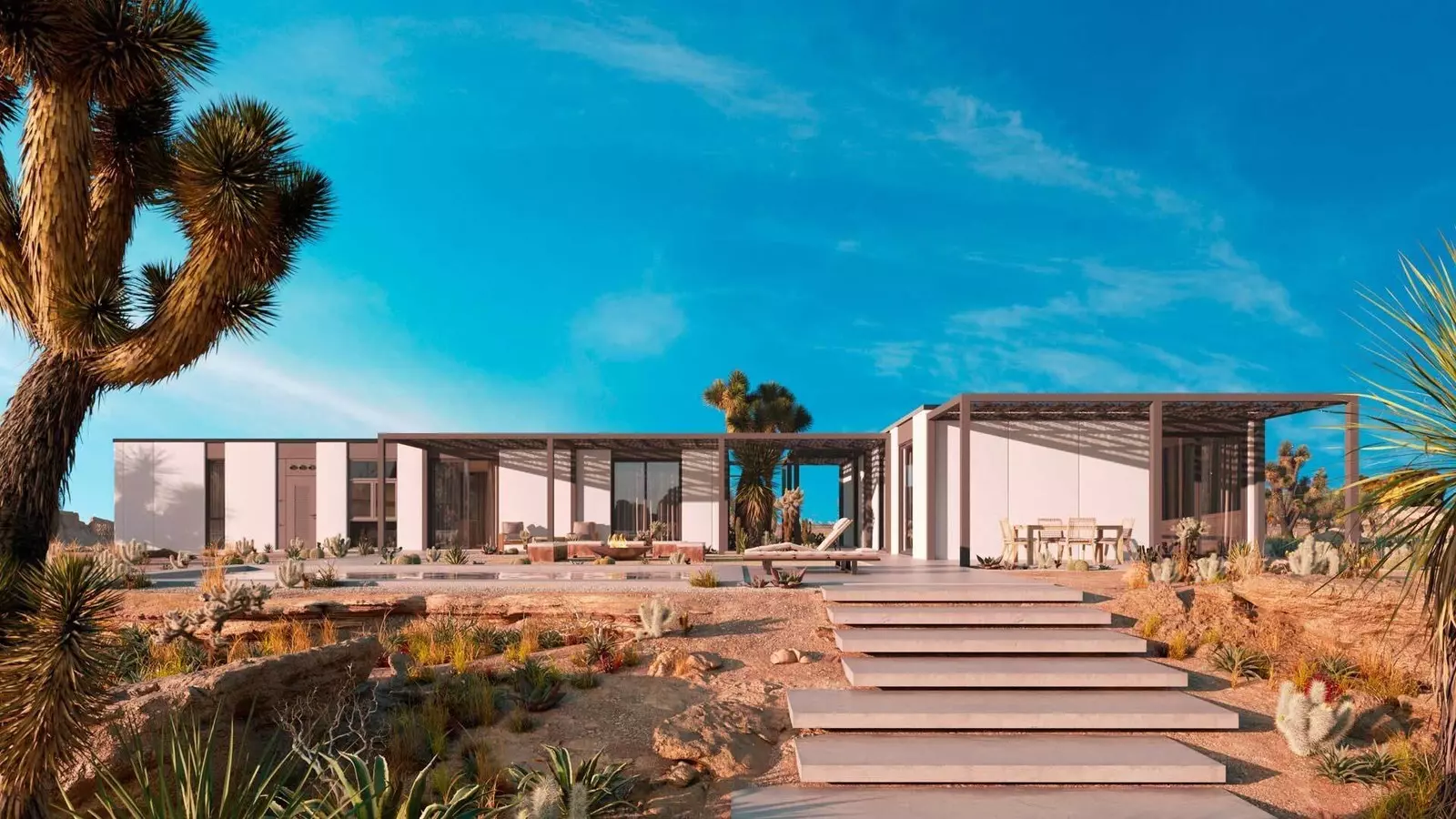Building our houses is hurting our home. Traditional construction is responsible for generating 27% of global CO2. Alternative methods such as 3D printing hold promise, but there is work to do before construction is truly environmentally-friendly.
Highlights
- The construction industry is responsible for generating 27% of global CO2 emissions. How can we make it more sustainable?
- 3D printing offers a potential solution, but can only become truly sustainable if materials and processes are also ecologically sound.
- Progress will require collaboration between regulators and industry leaders, who should actively engage to ensure numerous standards are updated regarding the use of alternative construction materials.
3D printing is an industry that is already sustainable right now. The process produces a fraction of the waste of traditional construction manufacturing, because builders simply print exactly and only what they need. It only requires a small factory with minimal space for storage materials, and unlike a traditional production line, 3D printing does not require energy to move the same parts from one step to the next.
However, some builders using green processes still rely on traditional materials, such as cement. Cement alone is responsible for 8% of global CO2 emissions, virtually eliminating any positive impact on the environment that 3D printing can deliver.
The benefits of alternative construction methods like 3D printing are clear
Sustainable materials are already available today. For example, polymer composite is as strong and durable as concrete – the synthetic stone developed by Mighty Buildings weighs 30% less than concrete and has five times the tensile and flexural strength. These innovative materials can be stored in compact liquid or semi-liquid form in barrels, which helps keep factory footprint small. The environmental benefits continue once a building is printed, as polymer composite is a superior insulator to traditional materials, minimizing the emissions of the house during its lifetime, as it’s lived in and used.
Despite the benefits of alternative construction methods using sustainable materials, their widespread use still requires support from regulators, customers, and the builders themselves.
With rising housing costs regularly making headlines, pricing is a barrier to widespread customer demand for greener construction alternatives. While it’s true that new generation housing currently costs more than traditional construction, as scale increases and 3D printed construction continues to become more efficient, the prices will lower, achieving an economy of scale. Furthermore, buyers willing to make a sustainable investment in their home purchase will receive long term costs benefits, as green homes have higher asset value, lower long-term utility costs and are more resilient during extreme weather and natural disasters.
Promoting sustainable materials and processes
With customers increasingly embracing sustainable construction, builders should and likely will make 3D printed homes more widely available. This is challenging though – many market participants representing various categories would need to be actively involved in changing the industry. For existing construction companies with deeply entrenched business models, transitioning to a greener model could take decades, but frankly, they don’t have that much time. Cement production is the third biggest generator of CO2 emissions, more than any individual country except for China and the US. Mining for cement is incredibly destructive to the environment, and obtaining the sand necessary for concrete and cement production is also harmful and increasingly difficult, as demand is outpacing supply.
Decarbonising the process is extremely challenging, because the chemical processes used to produce cement concrete release CO2. Rather than retrofitting a centuries old technology to be sustainable, it is time to embrace sustainable alternatives and explore other breakthrough material. Traditional construction companies should lead the industry and leverage their market power to promote sustainable materials and processes for everyone’s benefit.
Regulations are the other key barrier to the advancement of sustainable construction alternatives. As often happens with innovation, the technology is moving faster than the laws can keep up, and there are many layers in the highly regulated construction industry, including local building codes, permitting, inspection authorities, and contract provisions. Progress will require collaboration between regulators and industry leaders, who should actively engage to ensure numerous standards are updated regarding the use of alternative construction materials made using 3D printing or other means. Tech talent at startups may be more willing to disrupt the conservative industry model and could prove to be a driving force of sustainable development.
Embracing green construction alternatives
The new generation of sustainable home builders have the tools they need to make the construction industry greener, however, to accelerate the shift to environmentally friendly housing they need to partner with regulators and developers. Ultimately, achieving carbon-neutral construction will come down to customer demand and big builders’ willingness to embrace greener alternatives and pave the way for widespread implementation.
Subscribe to AM Chronicle Newsletter to stay connected: https://bit.ly/3fBZ1mP
Follow us on LinkedIn: https://bit.ly/3IjhrFq
Visit for more interesting content on additive manufacturing: https://amchronicle.com/
For more information and case studies on metal additive manufacturing register for metal additive manufacturing symposium : https://amchronicle.com/metal-additive-manufacturing/


